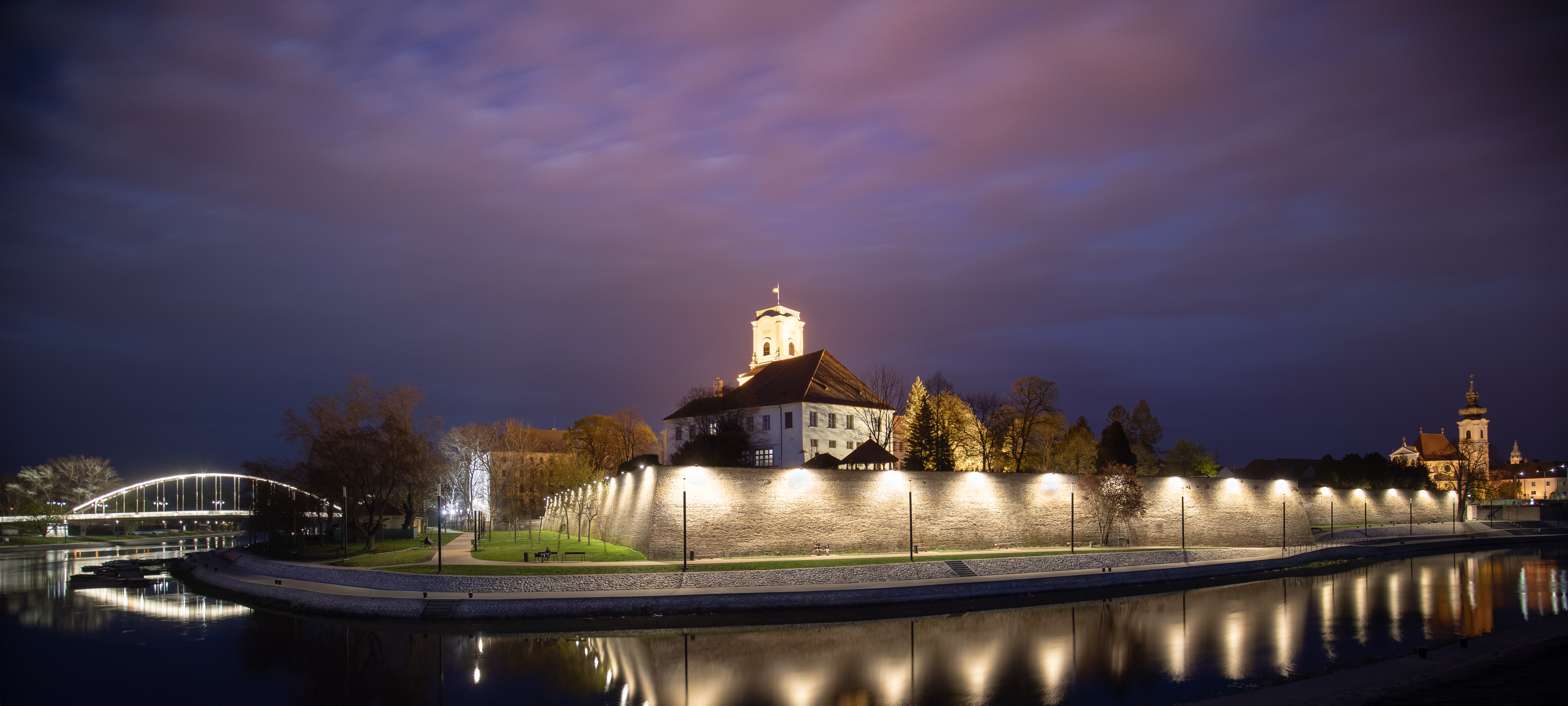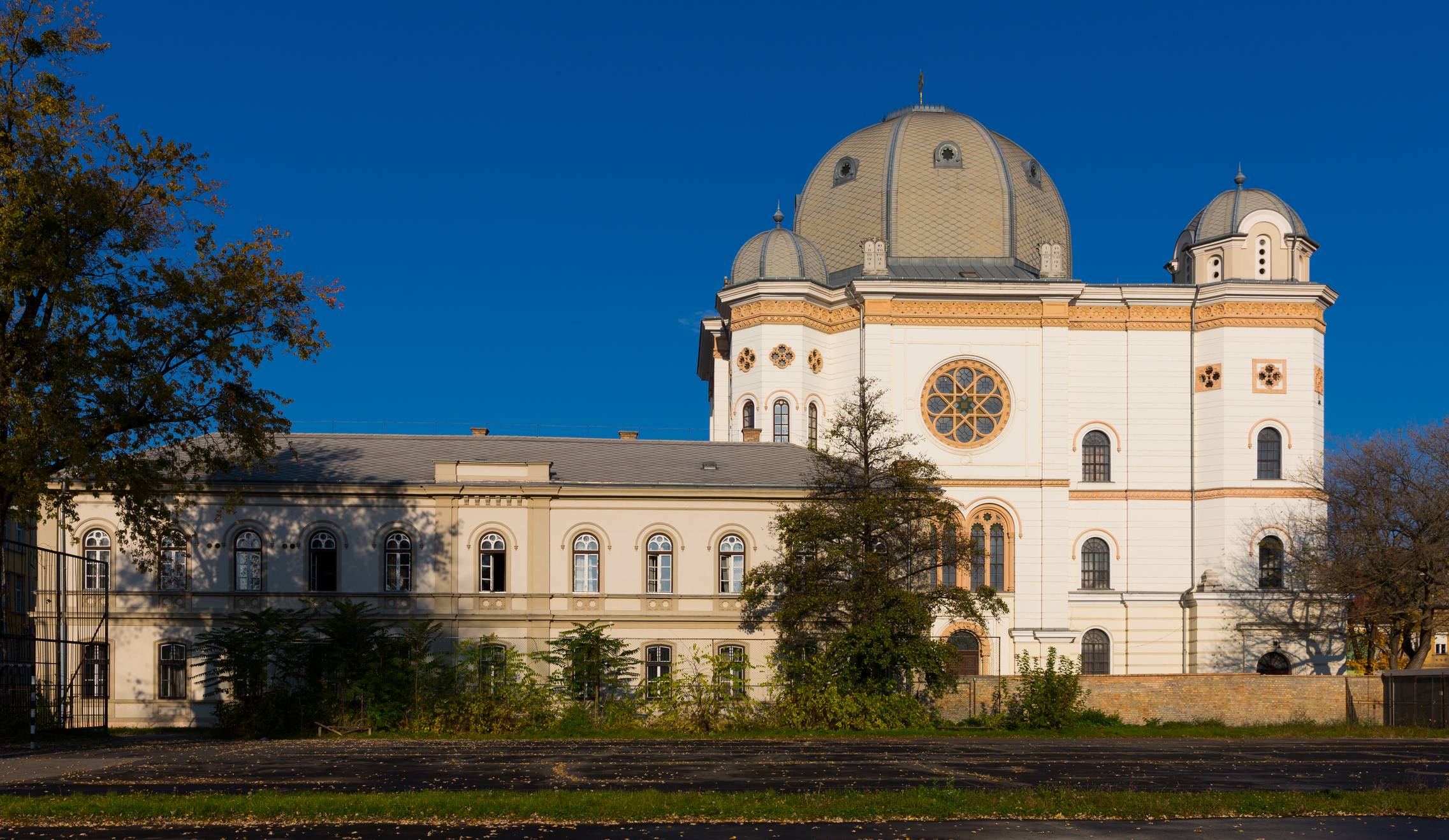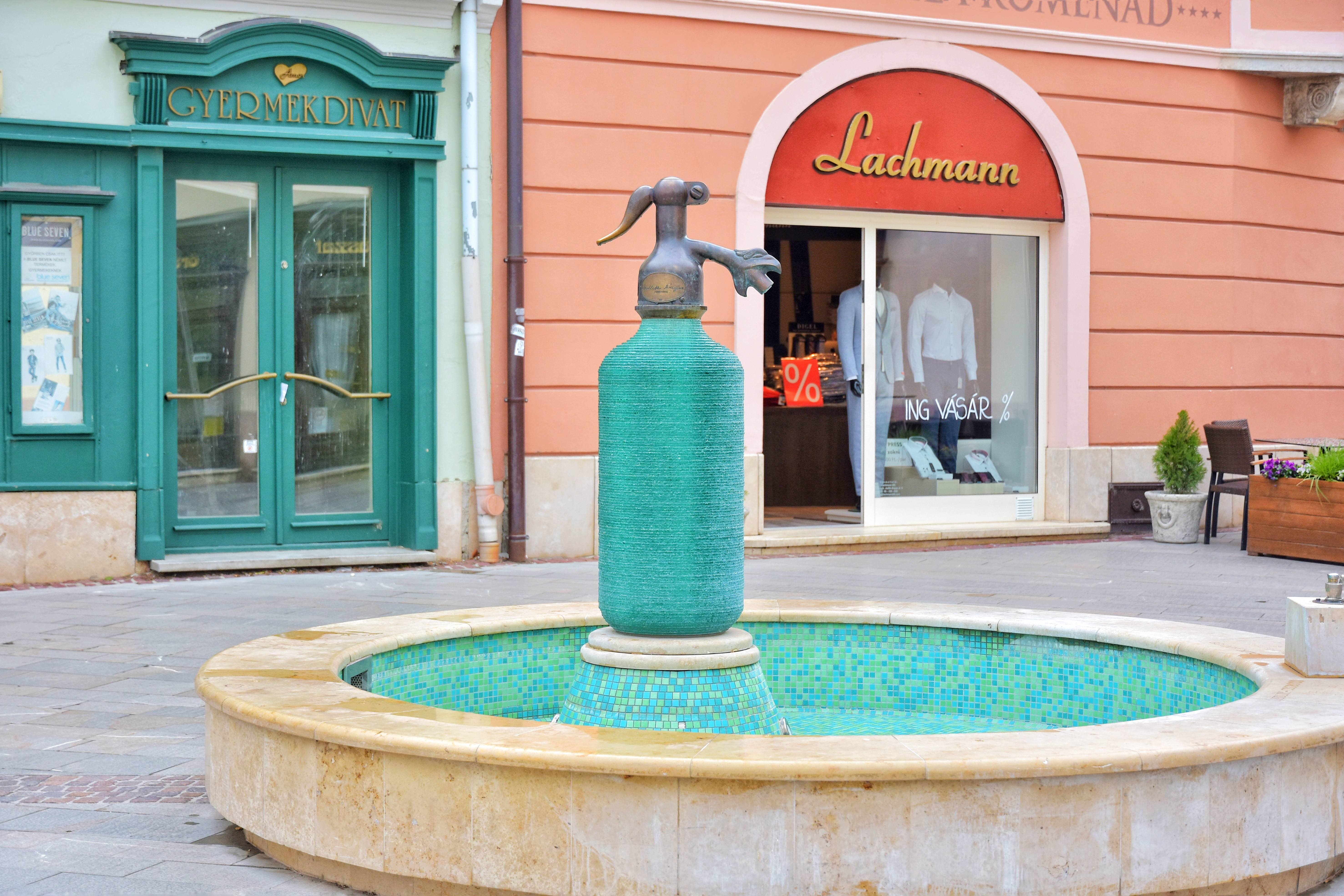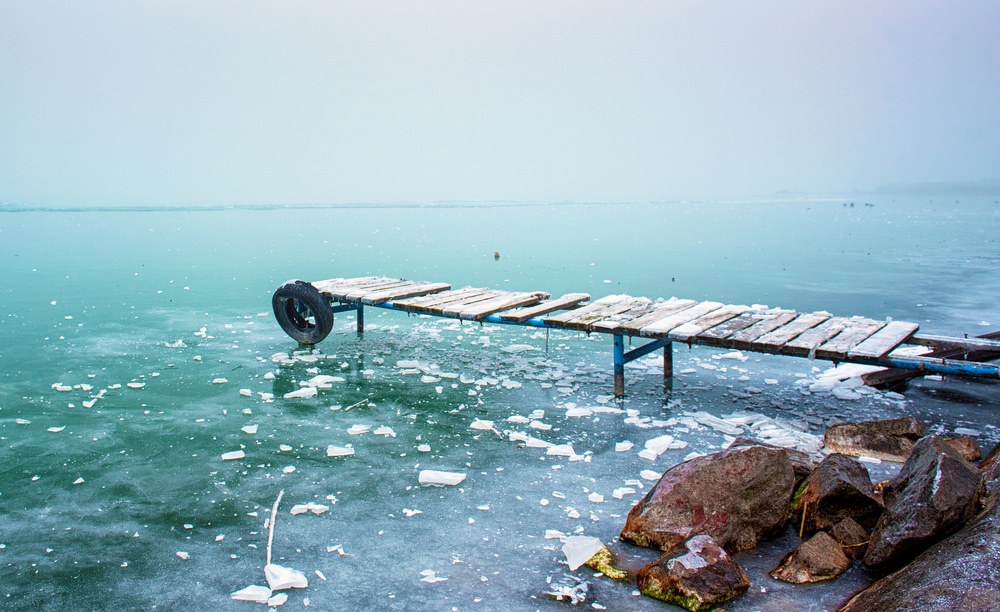Látogassunk el a találkozások városába, azaz Győrbe, és nézzük meg a legfontosabb látnivalókat!
Győr, the City of Meetings
The capital of Győr-Moson-Sopron County, Győr, is located in northwest Hungary, and it is the sixth-largest city in the country. Often referred to as the city of meetings, Győr is at the meeting point of three rivers: Danube, Rába and Rábca. Halfway between Budapest and Vienna, it is situated on one of the most important roads in Central Europe. It is also an important economic, industrial, ecclesiastic, educational, cultural and sports centre.
Győr has always played a significant role in the life of the region. The first large settlement here was established by the Celts during the 5th century BC. They called the town Arrabona, a name that was used for eight centuries and the abbreviation of which is still used in the German (Raab) and Slovak (Ráb) name of the city.
With the arrival of the Avars, a circular fort was built before the Magyars came here. Stephen I, the first king of Hungary, founded an episcopate and built a basilica. So, Győr became the seat of the comitatus, the newly established administrative unit equivalent to a county. The town received its Hungarian name Győr in the Middle Ages. Due to its favourable location, it became a commercial centre and an important port on the Danube.

Following the defeat at the battle of Mohács, the city was occupied for King Ferdinand I, who appointed Kristóf Lamberg as the commandant of the castle who, upon the arrival of the Turkish army in 1529 did not even attempt to defend the city but set it ablaze instead. When the Turkish arrived, they found nothing but blackened ruins, that’s where the city’s Turkish name comes from Yanık Kala (“burnt city”). With the exception of a short period, however, Győr basically remained free of Turkish occupation.
The Baroque era conquered the city earlier than other parts of Eastern Hungary and by the mid-1600s the Baroque downtown was already formed. The town continued to flourish during the centuries that followed, and it was even granted the rank of a free royal town by Maria Theresa. Merchants, craftsmen and a number of religious orders (Jesuits, Carmelites) settled in the town building schools, churches, a hospital and also a monastery.
With the beginning of steamship traffic on the River Danube in the mid-1800s, the role of the town in trade became even more important, but Győr lost its importance in trade when the Budapest-Kanizsa railway line was built in 1861. To compensate for this loss the town leaders started to strengthen the industrialisation instead of trade and commerce.
In the middle of the 20th century, in the 1950s and 60s, big blocks of modern flats were built and the historical buildings of the city were neglected. The restoration of the old town began only in the 70s. In 1989, Győr even won the Europa Nostra Award, which is a European award for the protection of historical monuments.

These days, Győr is one of the most important administrative and cultural centres of Hungary. It is also a university town and a popular tourist destination.
Some interesting things to see and do in Győr
János Xantus Zoo
It is a small but beautiful zoo, where you can enjoy animal shows, various activities, petting areas, and see many exotic animals.
Rába Quelle
With its several indoor and outdoor thermal pools, water slides, sauna areas, bars, and restaurants this spa is a must if you want to take a break from sightseeing.
Cathedral Basilica of the Assumption of Our Lady
Designed by Italian artist, Giovanni Battista Rava, Cathedral Basilica of the Assumption of Our Lady is a stunning Baroque church. It was first consecrated by King Stephen I, in the early 11th century. Mongols destroyed the original structure in 1241, and the church was completely rebuilt from the 1630’s onward.
Observation Wheel
The 50-meter tall Ferris wheel – set up at Dunakapu Square – provides an excellent bird’s eye view of the city centre of Győr, as well as the Moson-Danube, the bridges of Győr, the Radó Island and the towers of the surrounding churches.
Margit Kovács Ceramic Collection
The Margit Kovács Ceramic Collection features statuettes, pots, plates, wallplaques and tiled murals created by Margit Kovács, born in Győr in 1902.
Ányos Jedlik Fountain
Jedlik Ányos Foutain statue in the form of a soda siphon celebrates the inventor’s creation of the soda (or spritzer) bottle. Ányos Jedlik (1800-1895) was an inventor, engineer, and physicist who spent the last years of his life isolated at the Benedictine priory in Győr.

Vocabulary
|
to refer |
hivatkozni |
|
ecclesiastic |
egyházi |
|
settlement |
település |
|
to establish |
alapítani |
|
abbreviation |
rövidítés |
|
circular |
kör alakú |
|
fort |
erőd |
|
seat |
székhely |
|
equivalent to sg |
egyenértékű valamivel |
|
due to sg |
valaminek a következtében |
|
favourable |
kedvező |
|
to occupy |
meghódítani |
|
to appoint |
kinevezni |
|
to set ablaze |
felgyújtani |
|
blackened |
elfeketedett |
|
ruins |
romok |
|
to conquer |
meghódítani |
|
to flourish |
virágozni |
|
to grant |
adományozni |
|
rank |
rang |
|
merchant |
kereskedő |
|
craftsman |
kézműves, mesterember |
|
religious order |
szerzetesrend |
|
monastery |
rendház, kolostor |
|
steamship |
gőzhajó |
|
industrialisation |
iparosítás |
|
to be neglected |
elhanyagolva lenni |
|
protection |
megóvás, megőrzés |
|
petting area |
állatsimogató |
|
water slide |
vízicsúszda |
|
assumption |
mennybemenetel |
|
stunning |
lenyűgöző |
|
to consecrate |
felszentelni |
|
Ferris wheel |
óriáskerék |
|
bird’s eye view |
madártávlat |
|
surrounding |
környező |
|
pot |
edény |
|
plaque |
plakett |
|
mural |
falfestmény |
|
soda siphon |
szódásszifon |
|
inventor |
feltaláló |
|
physicist |
fizikus |
|
isolated |
elzárva, magányosan |
|
priory |
kolostor |






